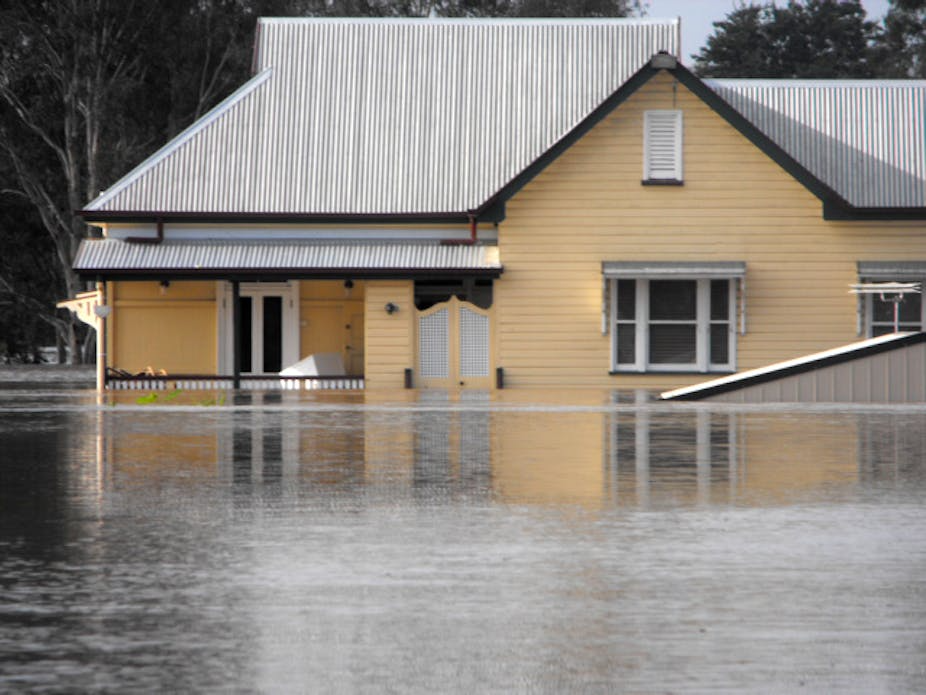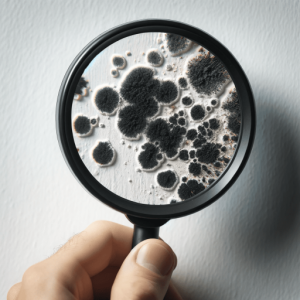- Why Mycotox?
- Services
- Health Triggers
- Health and Remediation
- Symptoms of Mould and Bacterial Exposure
- Mould, Bacteria And Alzheimers
- Mould and Bacteria Health Risks
- Mould, Bacteria And Skin Irritation
- Mould and Parkinson’s Link
- Mould, Bacteria And Musty Odours
- Mould, Bacteria And Mental Health
- Mould, Bacteria And Indoor Air
- Mould, Bacteria And Headaches
- Mould, Bacteria And Eye Issues
- Mould, Bacteria And Dementia Link
- Mould, Bacteria And Cognitive Issues
- Mould, Bacteria And Chronic Fatigue
- Mould, Bacteria And Cancer Risk
- Mould, Bacteria And Breathing
- Mould, Bacteria And Breast Cancer
- Mould and Bacteria Related Skin Conditions
- Causes of Mould and Bacterial Exposure
- Mould, Bacteria And Temperature
- Mould, Bacteria And Refrigerator Leaks
- Mould, Bacteria And Poor Ventilation
- Mould, Bacteria And Organic Matter
- Mould, Bacteria And Natural Disasters
- Mould, Bacteria And Lack Of Sunlight
- Mould, Bacteria And Hvac
- Mould, Bacteria And Humidifiers
- Mould, Bacteria And Improper Cleaning And Maintenance
- Household Plants And Mould, Bacteria
- Mould, Bacteria And Garbage Disposals
- Mould, Bacteria And Improper Storage Of Firewood
- Mould, Bacteria in Fireplaces and Chimneys
- CIRS
- Resources
- Shop

Cyanobacteria is Not Found in Dry Homes, Yet "Our Investigations" Show it Growing in Water Damaged Homes.
Bacteria Drives CIRS, Not Mould
Chronic Inflammatory Response Syndrome (CIRS) is a complex illness affecting multiple systems and presenting various symptoms, traditionally linked to mould exposure. Research now shows that bacteria plays the dominant role in CIRS. This shift in understanding emphasizes the importance of considering bacterial exposure when diagnosing and treating this condition.
Given these findings, it is crucial to conduct comprehensive testing for both moulds and bacteria, including cyanobacteria. Science-based identification and professional remediation of these contaminants can help mitigate the health impacts and improve outcomes for individuals suffering from CIRS.
World Renowned Doctors Ryan and Shoemaker have shown that in those with a chronic inflammatory response _
… only 7-12 per cent of inflammatory changes in gene expression are due to mould.
… whereas 70 per cent of inflammatory changes in gene expression are due to bacteria.
Experts dangerously overlook bacterial exposure.
Despite their expertise, building biologists and hygienists neglect bacterial exposure.
If you’re looking at your home environment or workplace for mould. There’s every chance it’s more than just mould.
You need to look at bacteria, viruses, and chemicals.
Man-made materials can be broken down with high moisture levels and contamination. Its these VOC’s and chemicals which may permeate the blood brain barrier, that’s why some have immediate reactions to a water damaged building.
Discover the significance of VCS (Visual Contrast Sensitivity) as a diagnostic tool.
VCS plays a crucial role in identifying issues such as:
Poor vision
Gene expression dysfunction
Volatile Organic Compounds (VOCs)
Mould and bacteria species
Symptoms associated with exposure to these microorganisms
Levels of inflammation causing brain impairment and damage
The Path to Healing: You Are Not Alone
Let us help you to get better.
30 years of knowledge in “The Little Black Book of Mould and Bacteria”.
Allow us to assist YOU in educating YOUR family, your doctor, your naturopath, your Chinese herbalist, and your remediator with groundbreaking information.
Trust us to help you walk down your road to recovery.
Mycotox
Mycotox investigative mould and bacteria inspections.
- Why Mycotox?
- Services
- Health Triggers
- Health and Remediation
- Symptoms of Mould and Bacterial Exposure
- Mould, Bacteria And Alzheimers
- Mould and Bacteria Health Risks
- Mould, Bacteria And Skin Irritation
- Mould and Parkinson’s Link
- Mould, Bacteria And Musty Odours
- Mould, Bacteria And Mental Health
- Mould, Bacteria And Indoor Air
- Mould, Bacteria And Headaches
- Mould, Bacteria And Eye Issues
- Mould, Bacteria And Dementia Link
- Mould, Bacteria And Cognitive Issues
- Mould, Bacteria And Chronic Fatigue
- Mould, Bacteria And Cancer Risk
- Mould, Bacteria And Breathing
- Mould, Bacteria And Breast Cancer
- Mould and Bacteria Related Skin Conditions
- Causes of Mould and Bacterial Exposure
- Mould, Bacteria And Temperature
- Mould, Bacteria And Refrigerator Leaks
- Mould, Bacteria And Poor Ventilation
- Mould, Bacteria And Organic Matter
- Mould, Bacteria And Natural Disasters
- Mould, Bacteria And Lack Of Sunlight
- Mould, Bacteria And Hvac
- Mould, Bacteria And Humidifiers
- Mould, Bacteria And Improper Cleaning And Maintenance
- Household Plants And Mould, Bacteria
- Mould, Bacteria And Garbage Disposals
- Mould, Bacteria And Improper Storage Of Firewood
- Mould, Bacteria in Fireplaces and Chimneys
- CIRS
- Resources
- Shop
Latest
Actinomycetes
Environmental Endotoxins, Neuroinflammation, and Long-Term Vulnerability
Lipopolysaccharides (LPS) Explained: The Key to Bacterial Defense and Human Inflammation
Popular
Mould, Bacteria And Neurological Disorders
Mould And Bacteria Related Skin Conditions
Mould, Bacteria And Skin Irritation
Sitemap
- Why Mycotox?
- Services
- Health Triggers
- Health and Remediation
- Symptoms of Mould and Bacterial Exposure
- Mould, Bacteria And Alzheimers
- Mould and Bacteria Health Risks
- Mould, Bacteria And Skin Irritation
- Mould and Parkinson’s Link
- Mould, Bacteria And Musty Odours
- Mould, Bacteria And Mental Health
- Mould, Bacteria And Indoor Air
- Mould, Bacteria And Headaches
- Mould, Bacteria And Eye Issues
- Mould, Bacteria And Dementia Link
- Mould, Bacteria And Cognitive Issues
- Mould, Bacteria And Chronic Fatigue
- Mould, Bacteria And Cancer Risk
- Mould, Bacteria And Breathing
- Mould, Bacteria And Breast Cancer
- Mould and Bacteria Related Skin Conditions
- Causes of Mould and Bacterial Exposure
- Mould, Bacteria And Temperature
- Mould, Bacteria And Refrigerator Leaks
- Mould, Bacteria And Poor Ventilation
- Mould, Bacteria And Organic Matter
- Mould, Bacteria And Natural Disasters
- Mould, Bacteria And Lack Of Sunlight
- Mould, Bacteria And Hvac
- Mould, Bacteria And Humidifiers
- Mould, Bacteria And Improper Cleaning And Maintenance
- Household Plants And Mould, Bacteria
- Mould, Bacteria And Garbage Disposals
- Mould, Bacteria And Improper Storage Of Firewood
- Mould, Bacteria in Fireplaces and Chimneys
- CIRS
- Resources
- Shop
© 2022 All Rights Reserved.

